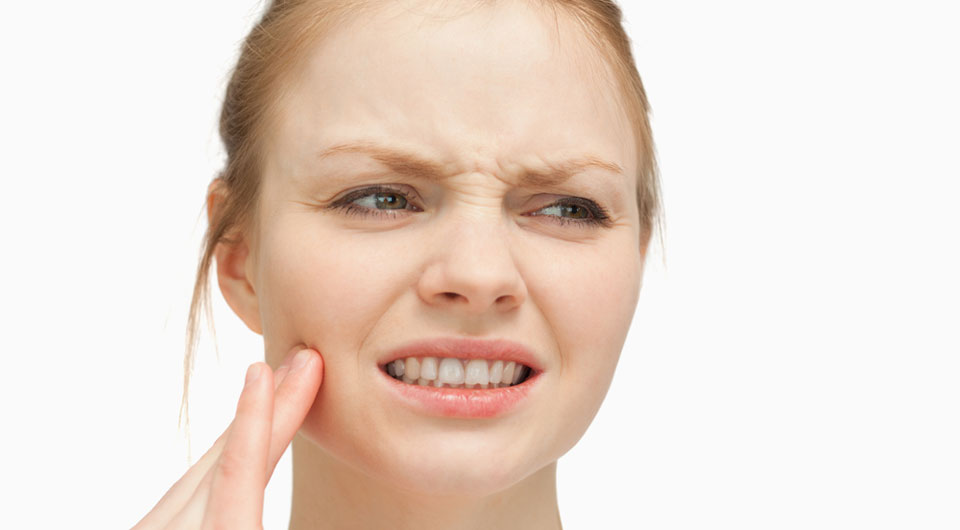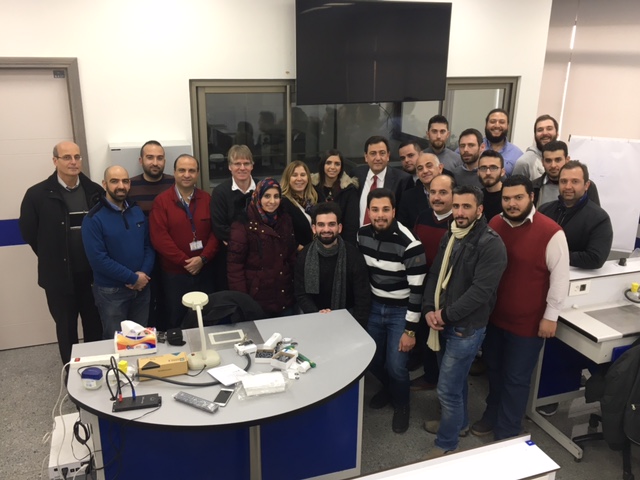TMDs, or Temporomandibular Disorders, are the problems that occur with your jaw and the facial muscles around it. People are not vastly aware of the severity of this risk, therefore, physical therapist Rafqa Abi Saad from the physiotherapy department at the Université Antonine, sheds the light on this condition.
The temporomandibular joint is a point that connects your jaw to the temporal bones of your skull, which are in front of the ears. It lets you move your jaw up and down and side to side. “So be careful how to chew your food, how to yawn properly and even how to articulate your words,†warns Abi Saad.
Trauma, an unconscious grinding of teeth or even stress, which tightens the facial and jaw muscles- can cause TMD. This case involves a perturbation of the Lateral Pterygoid muscle (in shape of a disc) which is the main key to mouth movement. The main symptoms behind this disorder vary from neck pain, to dizziness and migraine.

One way to find out is the Krogh Poulsen test, which allows the physical therapist to assess the patient’s case, by biting on a flat wedge placed between the molars. “If the pain resides in the same side of the joint, then it is a muscular problem,†she explains. “While an articular condition occurs if there is pain on the opposite side of the TMJ or temporomandibular jointâ€. Onwards, physical therapists have several types of treatments with therapeutic exercises, manual therapy and other cures.
Suffering from TMD can be easily prevented with these simple steps:
- Avoid excessive chewing and large bites and gum;
- Avoid removing food from teeth with tongue;
- Maintain a good posture;
- Reduce stress and muscle tension by relaxation.











